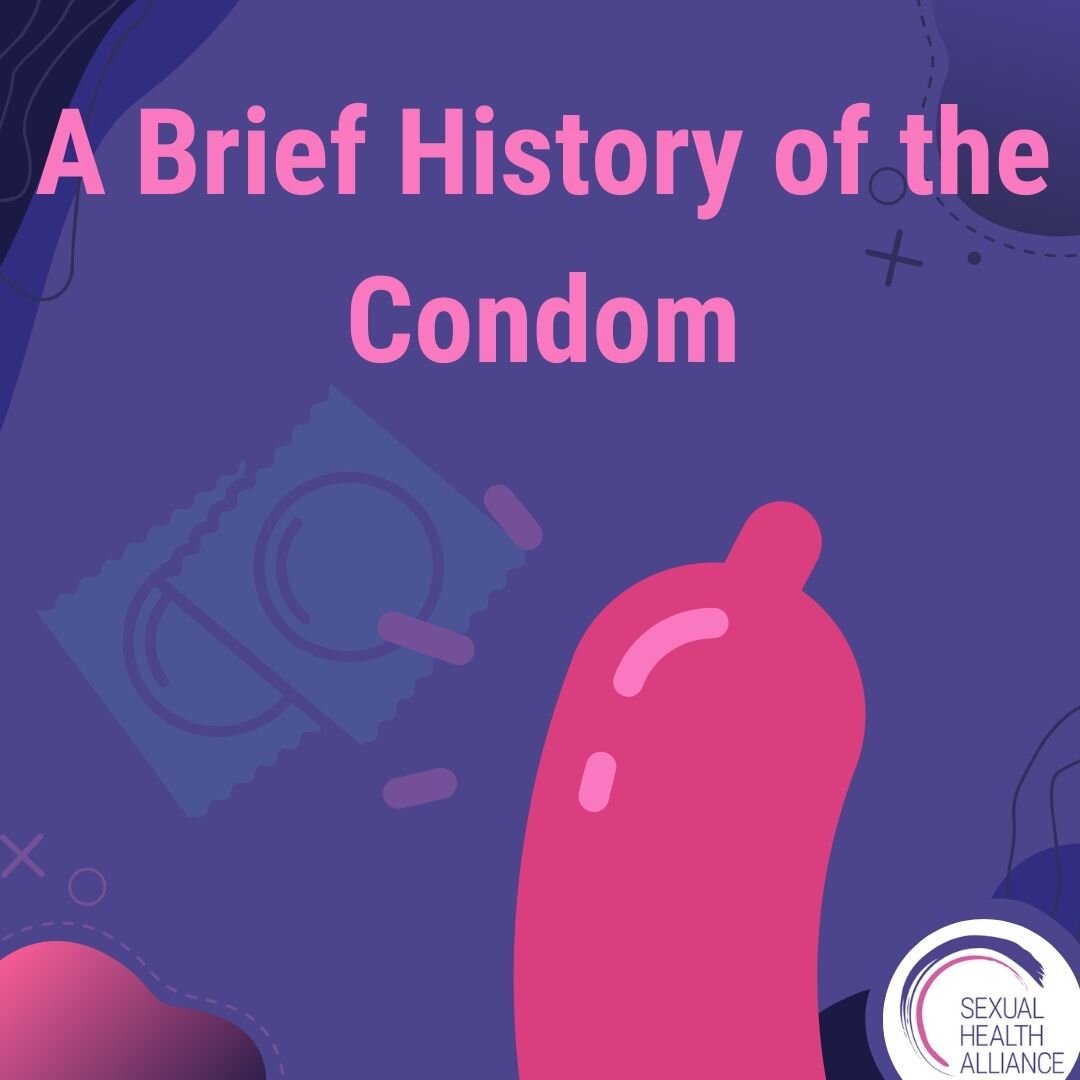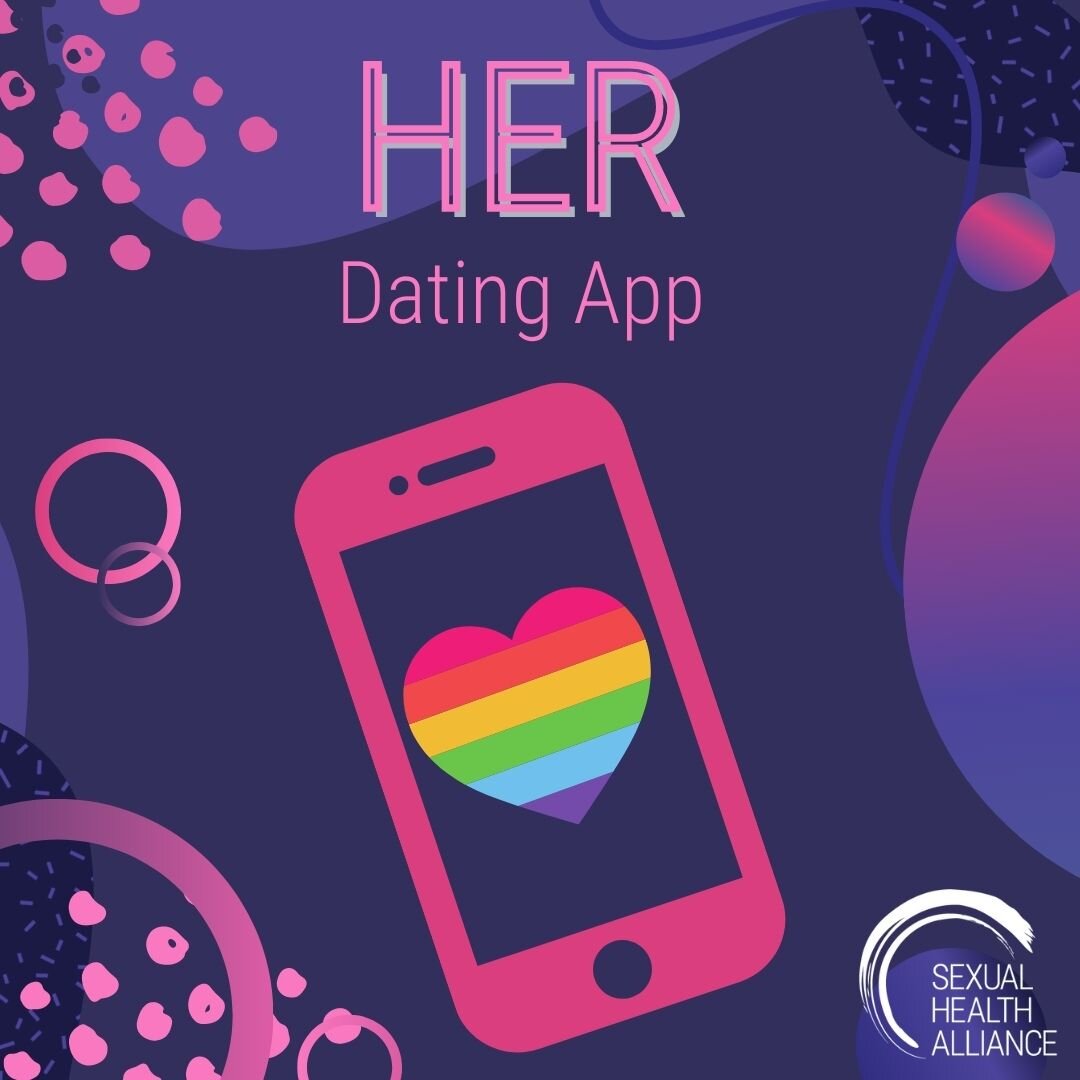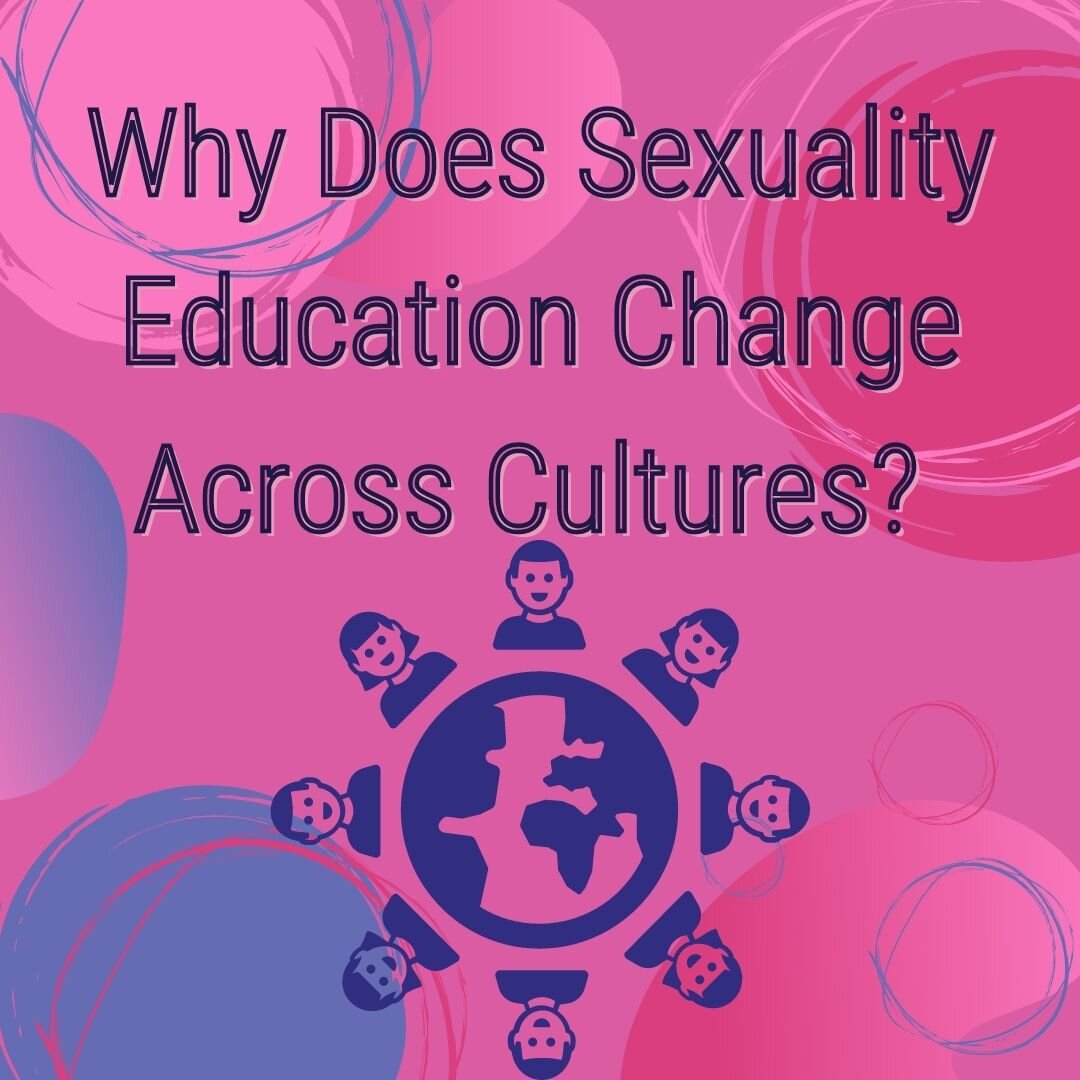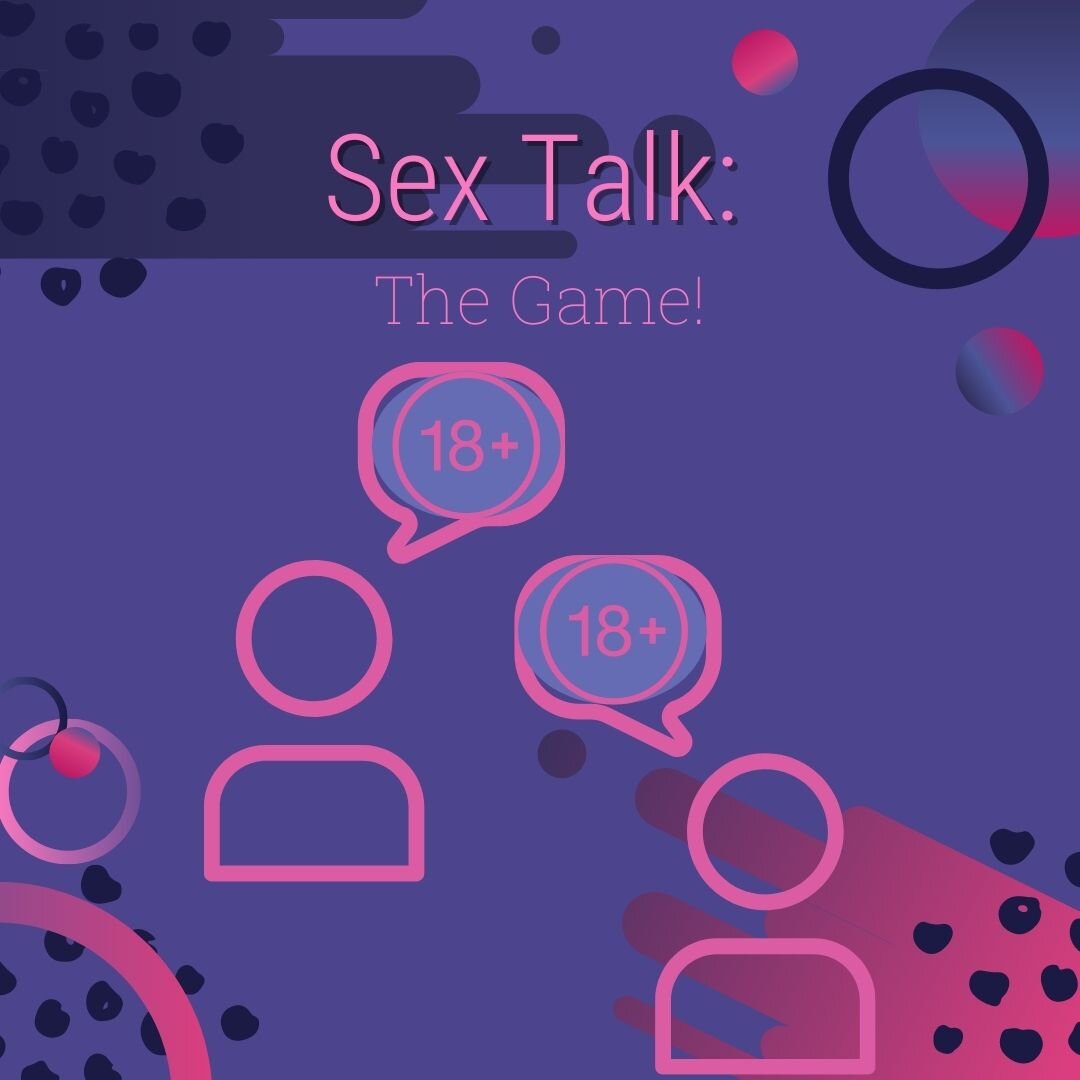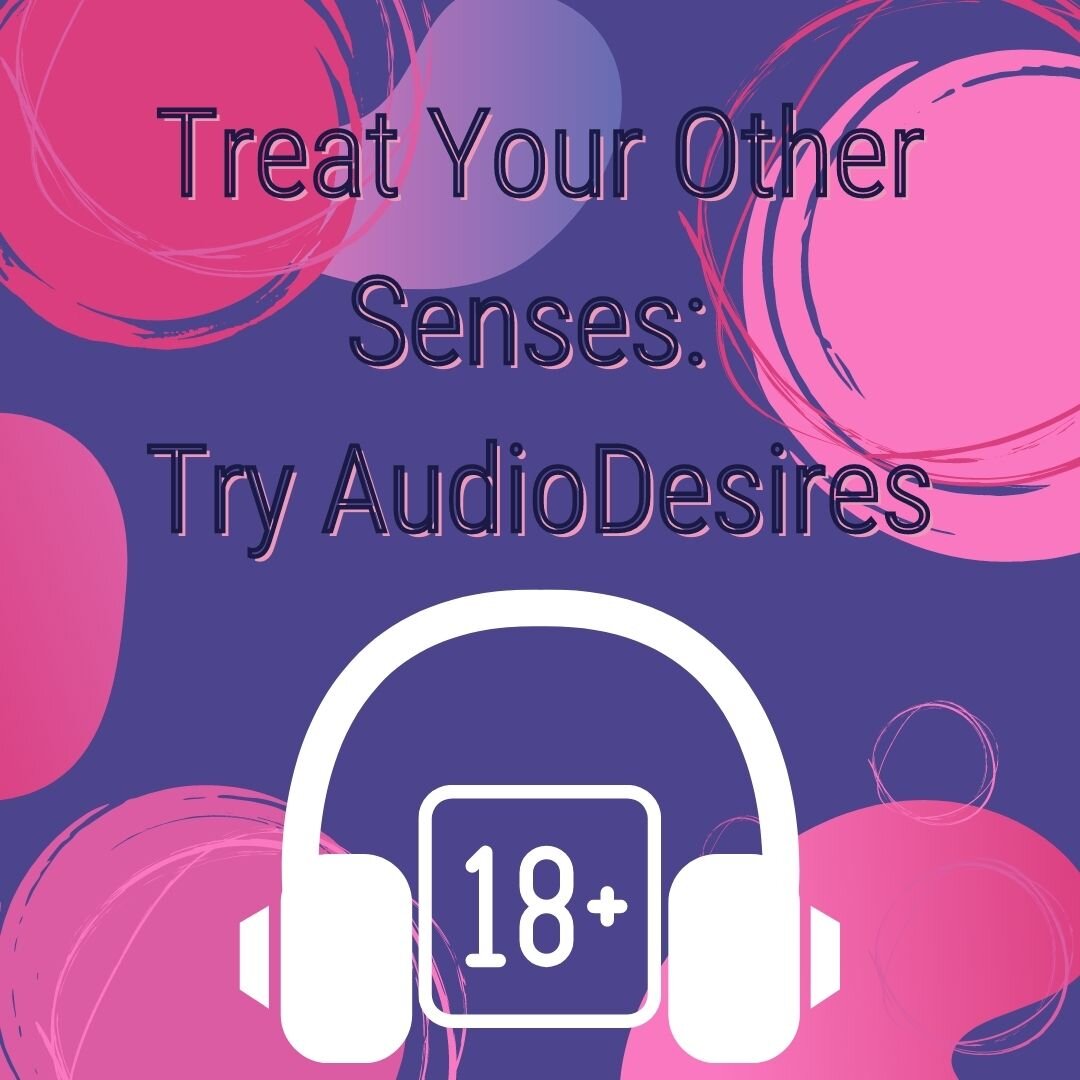I have a confession to make: Playing The Sims has always turned me on.
In 2000, computer game The Sims entered the world. My dad inexplicably had a copy and my life was forever changed. Currently we are on the fourth iteration of the game, The Sims 4, and while much aesthetically has changed, my instant arousal has been consistent. It was not until I started school with the Sexual Health Alliance that I began to recognize my arousal as a kink response.
Before, I just chalked it up to being… well, young and horny—and making your sims “woohoo” can be pretty exciting. Though I never unpacked the why behind my arousal until now. So why does playing the game turn me on? What, if anything specifically, is my trigger? And, perhaps most importantly, are there other horny Simmers?
Upon examining my state while playing, I’ve established my arousal stems from three origin points: an underlying god-complex, interest in voyeurism, and from an intense state of relaxation.
The Sims world revolves around a god-complex; the entire point of the game is detailed dominance—physical appearance, clothing, personality, lifestyle, goals, needs, desires, advancements are all controllable. The goal is to live out fantasies, to be their god.








